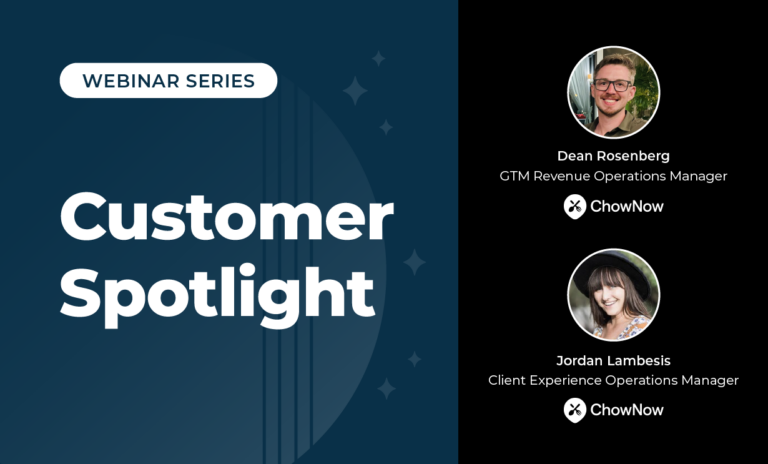If you really want to squeeze the most ROI from your next event, adopting consistent event list strategies should be top of mind.
After all, each interaction, pre-, during-, and post-event holds the potential to drive pipeline.
And, isn’t that why you spent valuable marketing dollars on your branded booth, sponsorship, and employee T&E in the first place?
Managing an event list isn’t rocket science. It’s simply a coordinated blend of technology, insights, and proactive engagement.
So here we’ll share five event list strategies, each tailored to deliver maximum ROI.

List Strategy #1: Account & Contact Selection
Not every event attendee will be a fit for your product or service.
That’s why it’s important for your Sales team to know which companies are coming to the event and create a target list of prospects.
Who do you want as clients?
Choose Accounts and Contacts that are the most attainable and, at the same time, hold the most potential value — like stakeholders and decision-makers.
Begin with a set of criteria:
- Company size
- Industry
- Ideal Customer Profiles (ICPs)
- Proximity to event location
In addition to attendees, review the list of exhibitors, sponsors, and speakers who will be at the event. They may align with your target ICP.

List Strategy #2: List Building
Revenue operations (RevOps) plays an essential role in automating both pre-event and post-event outreach. And, because RevOps owns and manages the CRM, Marketing Automation Platform, and other parts of your tech stack, they are the most qualified to build contact lists.
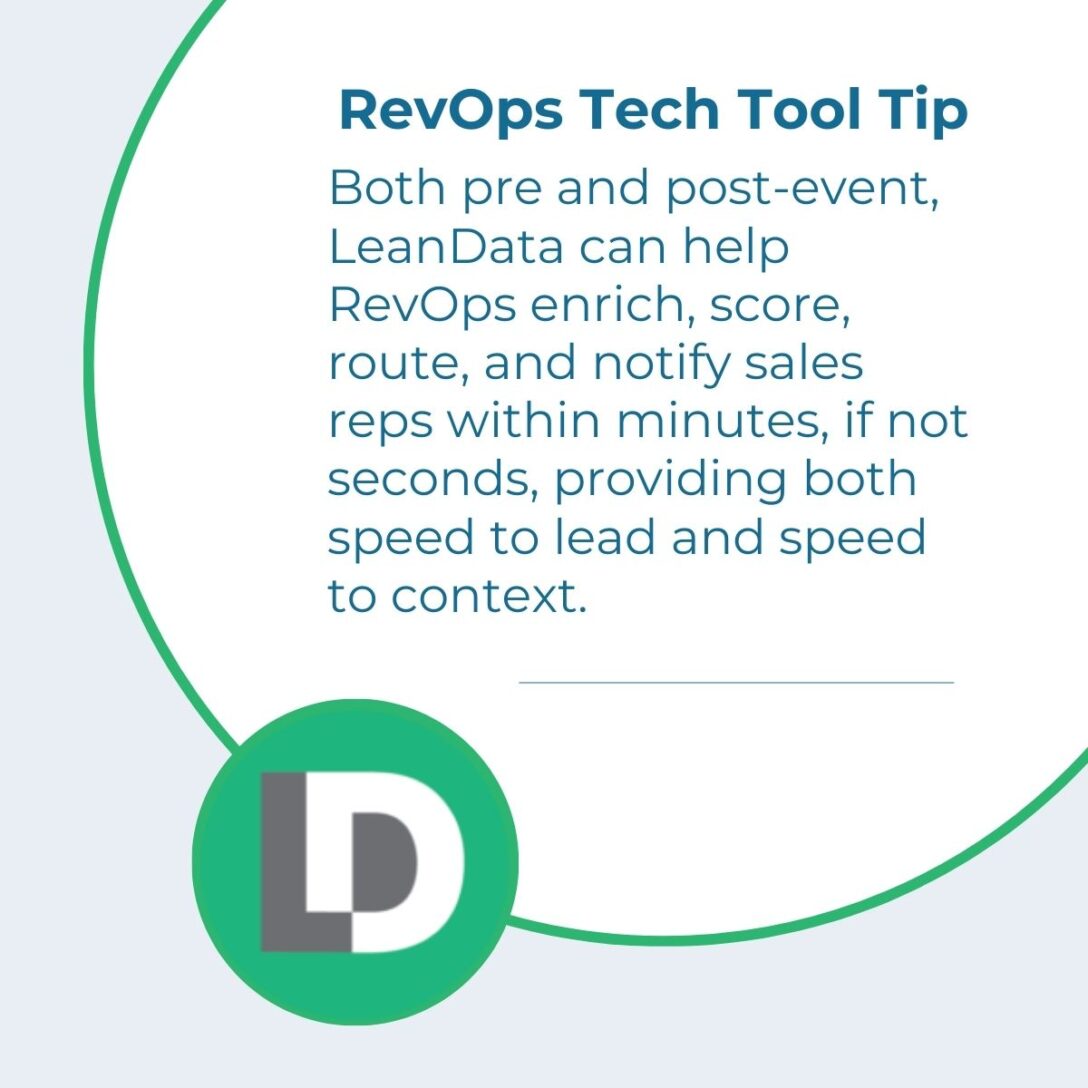
However, in order to build lists, RevOps needs input from Sales and Marketing on the event outreach strategy. RevOps needs to know ICP criteria like job title, persona and company segment.
Event attendee lists fall into two basic categories:
- Event registration list, provided by the event host
- Current customers and prospects, not yet registered, in the event’s geographic area
RevOps will need to know how to process unassigned accounts that show up on the attendee list and which Sales teams will work these accounts.
Armed with this data and requirements, RevOps creates segmented lists, dividing registrants into four categories:
- Customers
- Cold prospects
- Active Opportunities
- Closed Lost Opportunities (potentially)
While RevOps creates the contact reports to be used in pre-event outreach sequences, the Marketing team typically creates the content (email templates) used in outreach.
List Strategy #3: Pre-event Outreach
For pre-event outreach, get input from both Sales and Marketing to build email templates and sequences. Remember that event attendees get emails from many vendors, so try to make a human connection.
Talk about their goals for the conference and the sessions they may want to attend. If you are multi-threaded in an account, tap into a warm introduction from a mutual acquaintance, and provide multiple people with different sessions they may be interested in.
Personalize Your Outreach
Follow these two tips when personalizing your outreach:
- Personalize your outreach based on the characteristics of the Accounts and Contacts you are targeting
- Do not send the same email message to current customers that you plan to send to cold prospects, or open opportunities, or former customers.
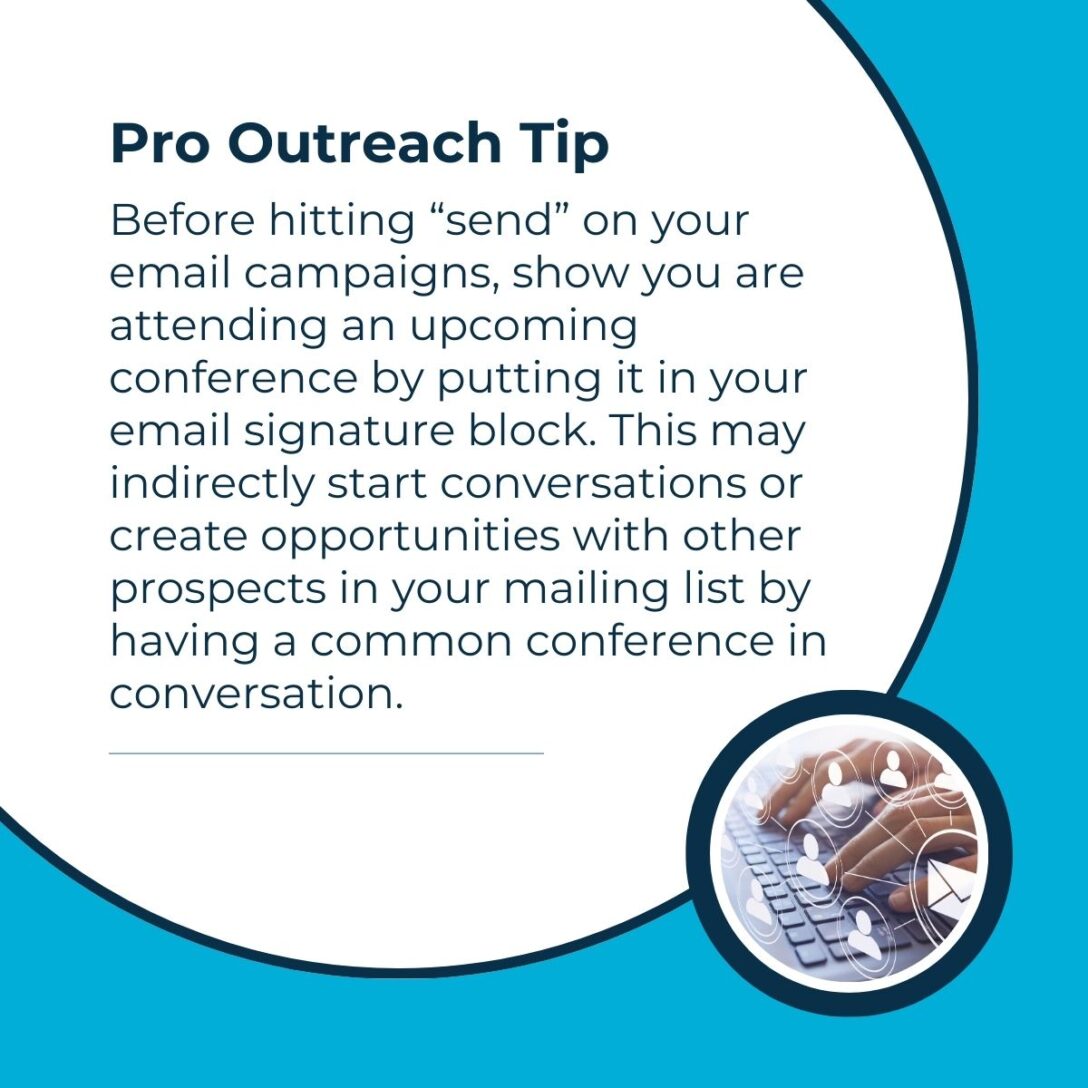
Pre-event outreach begins approximately four weeks before the event date.
When dealing with large attendee lists, work with your operations team to personalize and automate campaigns as much as possible.
Attendees are getting a lot of emails, so do something unique to stand out.
Don’t be discouraged if your initial outreach doesn’t result in high numbers of meetings.
Event attendees’ calendars often won’t firm up until a week before the event, so keep trying.
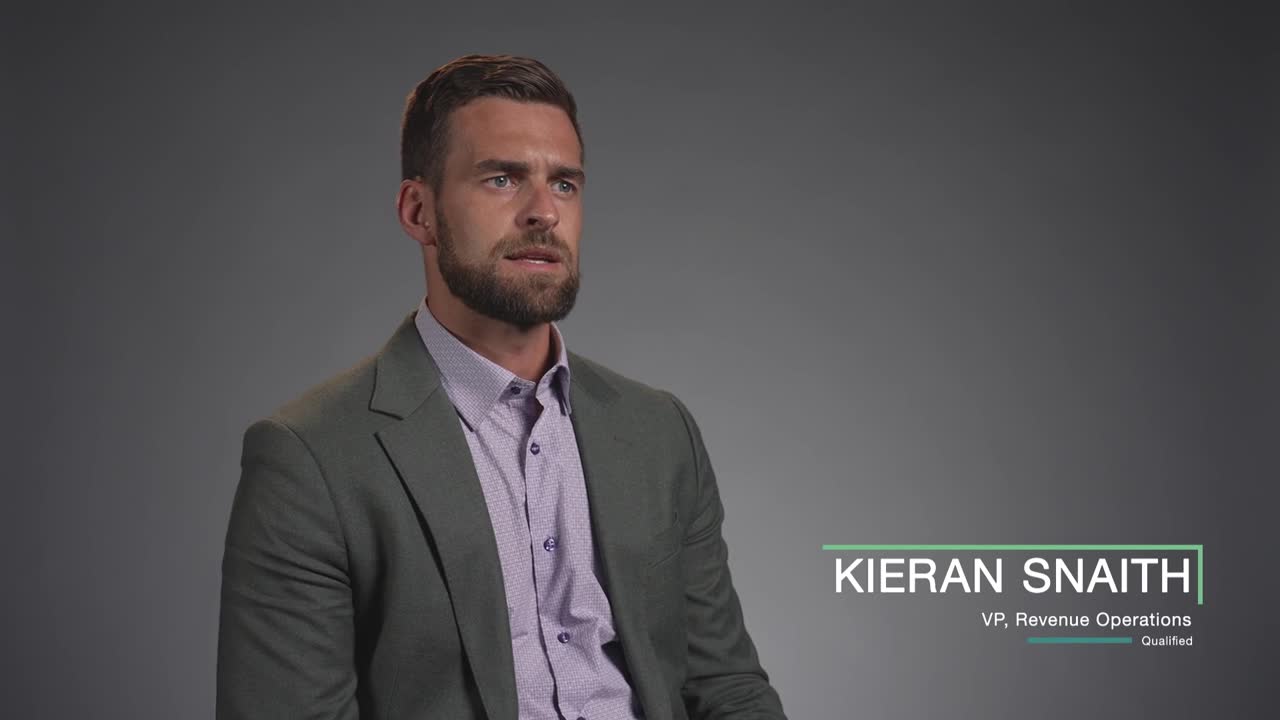
List Strategy #4: Post-Event List Load Process
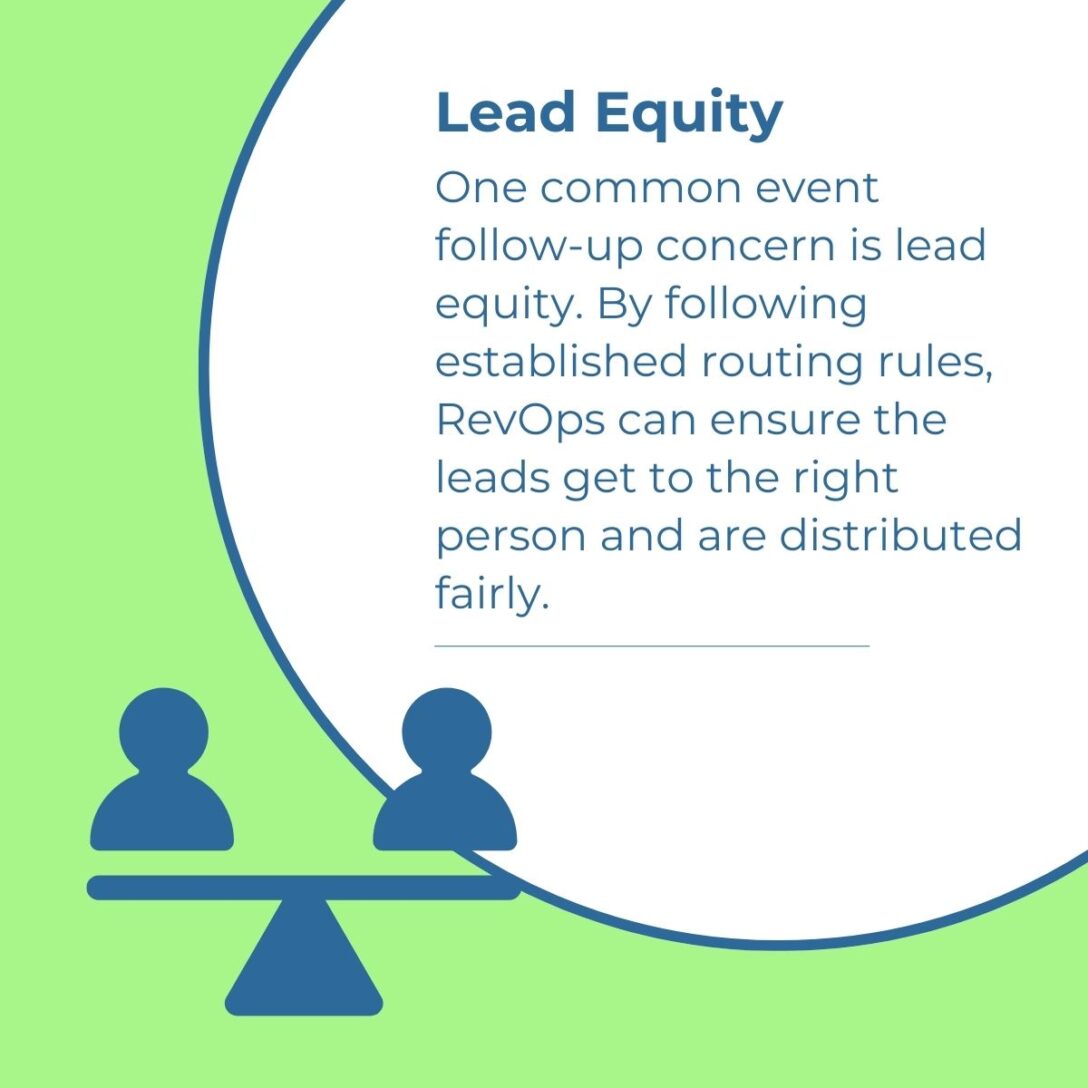
Immediately after the event ends, RevOps will clean and scrub booth scans, prepping the lists for post-event outreach. This involves matching, deduping, routing, and updating contact records.
All event notes, those that were so thoroughly detailed by your team at the booth, should be added to the record and made easily visible by your Sales team.
During your pre-event prep work, you will establish how you will score leads and who they will go to. RevOps will then be able to get the right leads to the right people in your organization.
For many months after the event, RevOps will analyze event campaign performance to understand its impact on revenue, and provide it to the stakeholders.
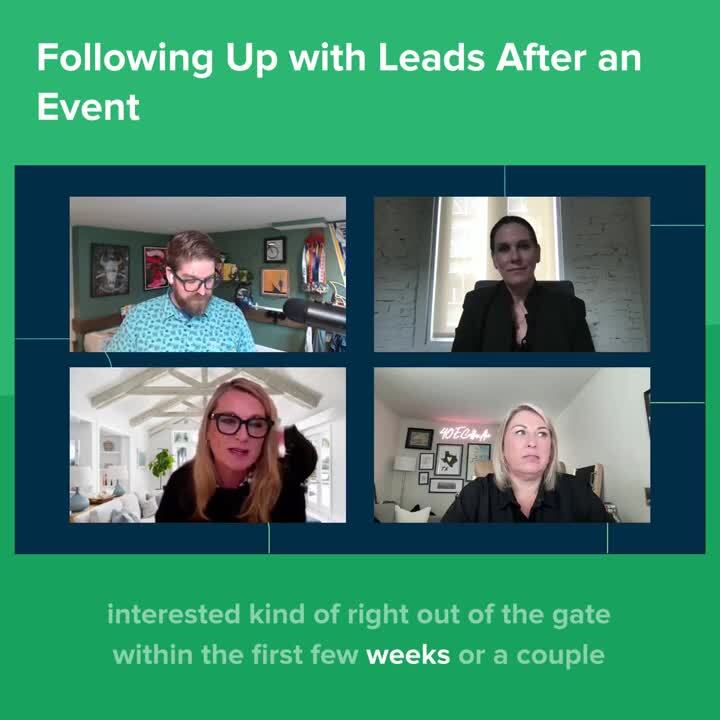
List Strategy #5: Post-event Follow Up
Event follow up is a collaborative, coordinated effort between Marketing, Sales, and RevOps. These three teams work together to:
- Upload lists
- Rank and segment Leads
- Nurture Leads with the appropriate next steps
Immediately after the event has ended, RevOps should be done processing event attendee lists. This is the signal for the Marketing team to initiate post-event enablement with the Sales Team and provide related content for follow up.
Event attendees who spoke with your booth staff should seamlessly advance to a demo or the next action in the buying journey. This is where booth notes pay dividends. For example, if an attendee already had a conversation at the booth, that person needs to skip over a BDR and go directly to an AE.
Foster a Collaborative Culture
After the event, booth staff should be willing to share all feedback and potential revenue opportunities. It’s important to create a culture in which Sales team members are taught to work as a team. Employees can have individual goals, but at the end of the day, an event is not an individual game. Booth staff are there to help the business.
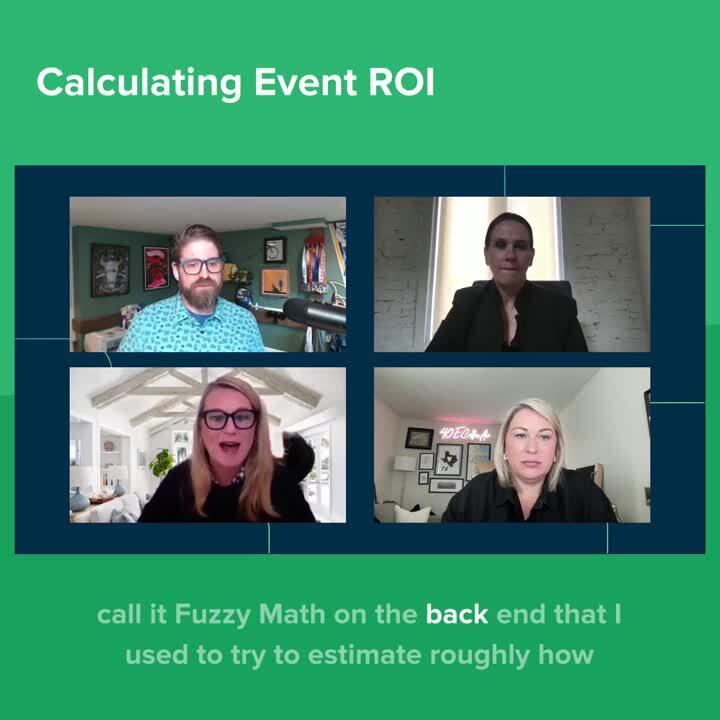
Solid Event List Strategies Protect Marketing Spend
Having an intentional strategy for managing your event leads is crucial for protecting and maximizing marketing spend. Your company will benefit in four key ways:
- Enhanced lead quality and prioritization
- Targeted lead capture
- Efficient follow up
- Improved conversion rates
Plus, with a clear event list strategies, it’s easier to stay aligned to the goal: maximum ROI. Every team involved, Marketing, Sales, and RevOps, is swimming in the same direction.
For more killer event strategies see LeanData’s Ultimate Event Management Playbook.






